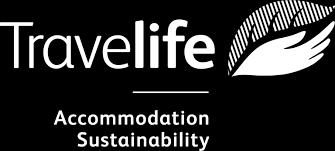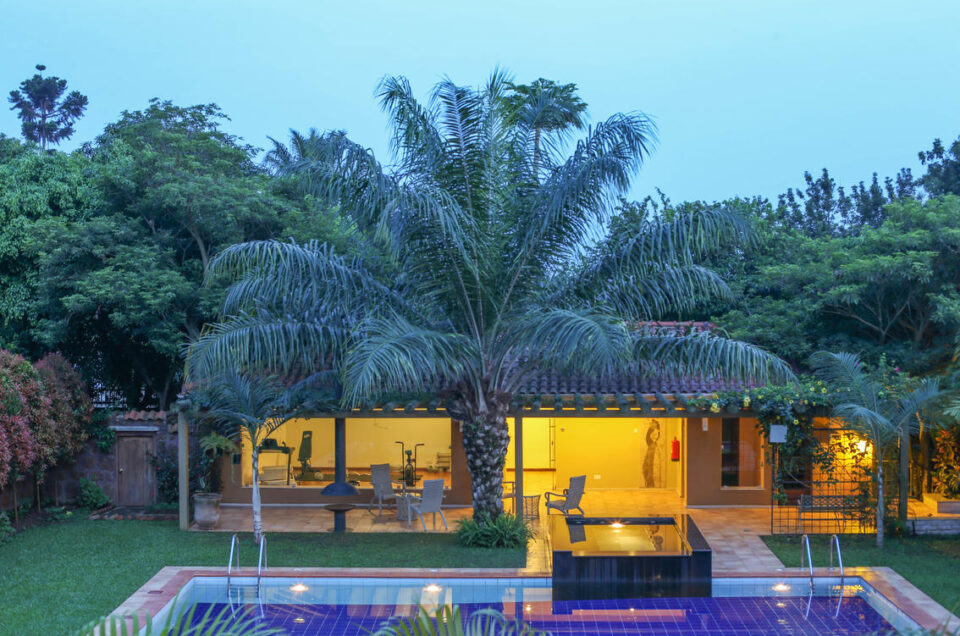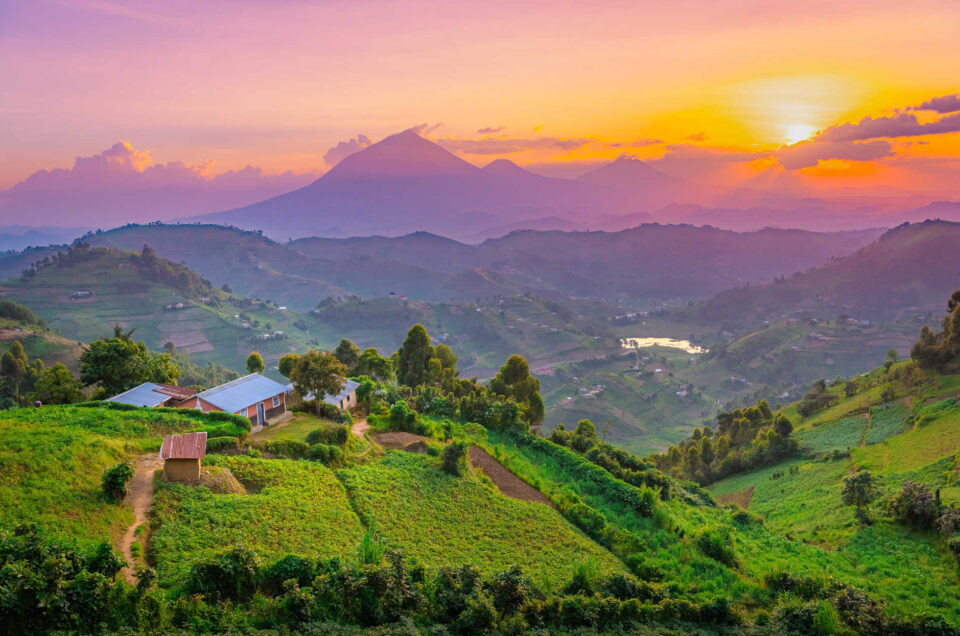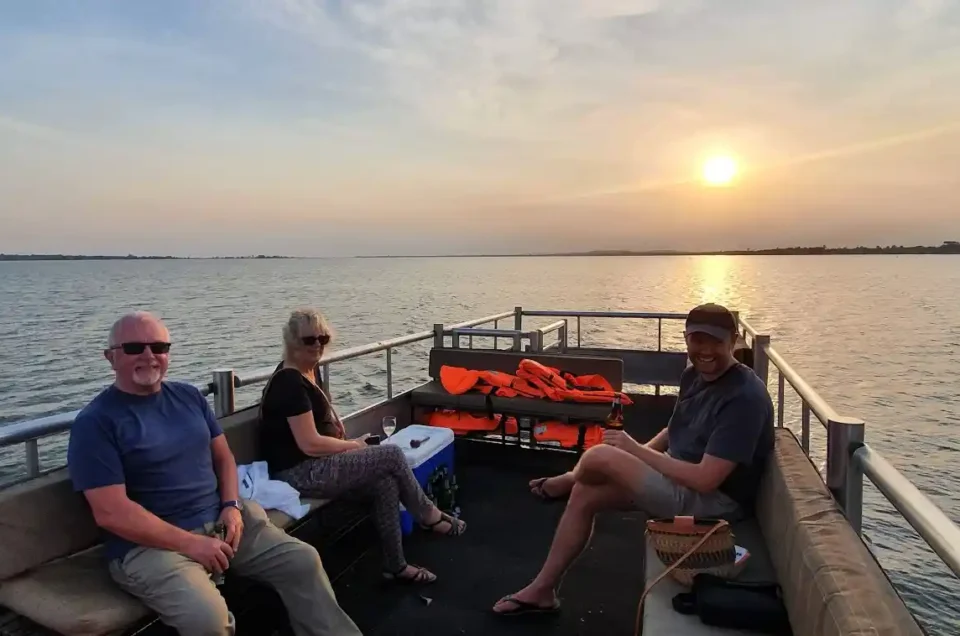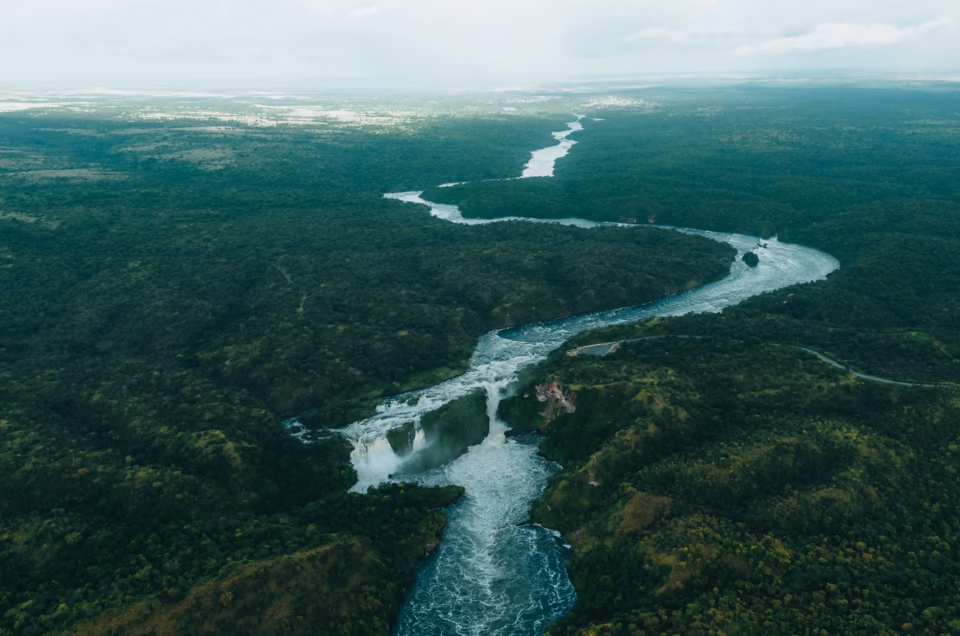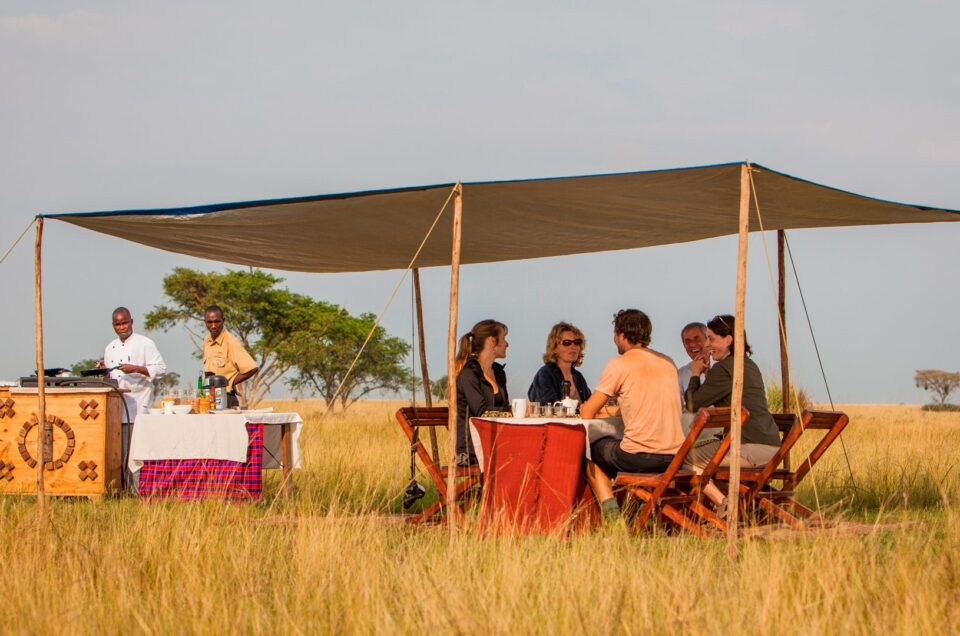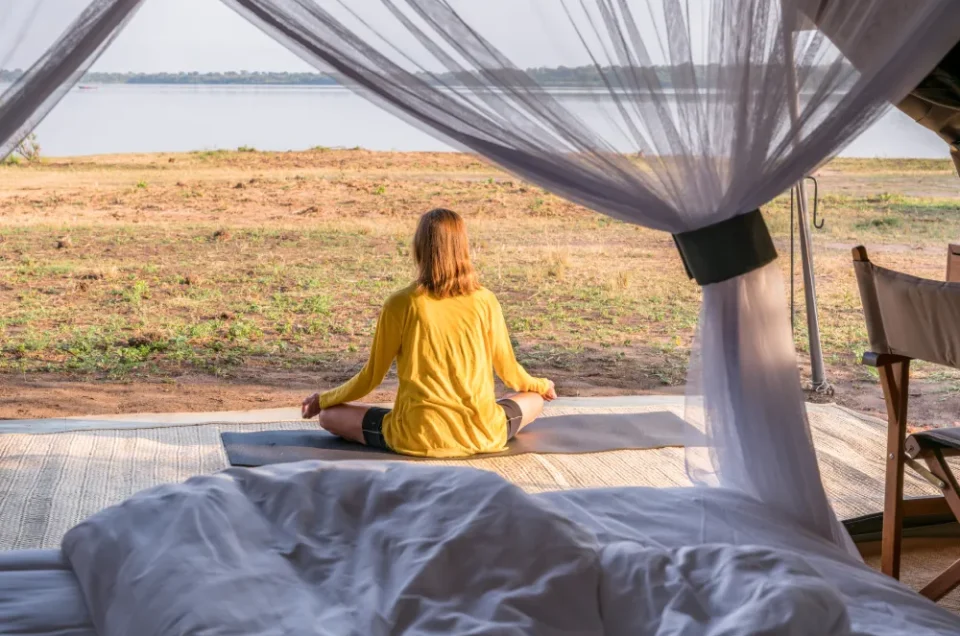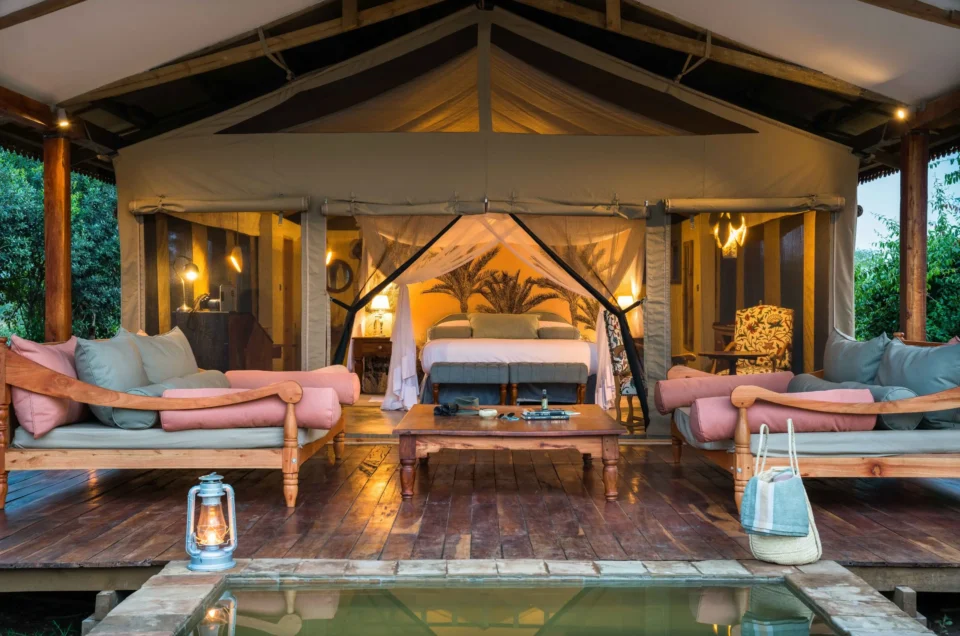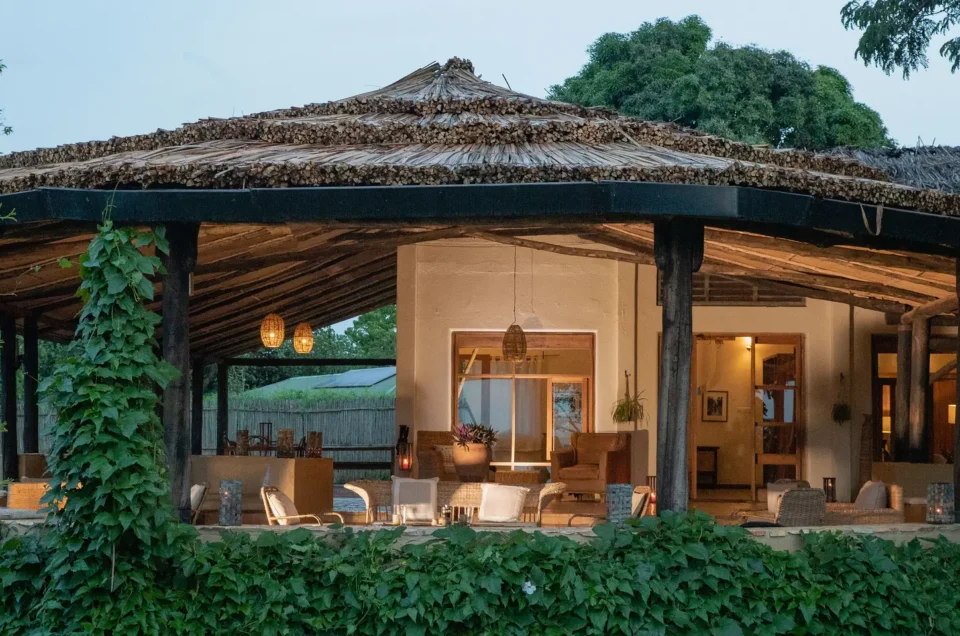Categories
- Accommodation
- Accommodation at Kibale Forest
- Budget accommodation at Kibale
- Budget accommodation in Uganda
- Budget Hotels in Entebbe
- Budget Murchison Falls Accommodation
- Bwindi Guides
- Bwindi National Park Guides
- Entebbe Hotels
- Exclusive Lodges In Murchison Falls National Park
- Exclusive Lodges in Queen Elizabeth National Park
- High End Accommodation At Kibale
- Kibale
- Luxury accommodation at Kibale
- Luxury Accommodation in Queen Elizabeth National Park
- Luxury Hotels In Entebbe
- Luxury Murchison Falls Accommodation
- Midrange accommodation at Kibale
- Midrange Hotels In Entebbe
- Midrange Murchison Falls Accommodation
- Murchison Falls Guides
- Murchison Falls Lodges
- News
- Popular
- Queen Elizabeth Guide
- Queen Elizabeth National Park Accommodation
- Semi-Luxury Entebbe Hotels
- Travel Guide
- Uganda Honeymoon Lodges
- Uncategorized
6 Days Uganda Safaris & Gorilla Trekking
6 Day Safari Tours In Uganda
Uganda offers a safari experience like no other. Unlike many of Africa’s classic safari destinations, dominated by dusty savannahs and open plains, Uganda is lush, fertile, and teeming with forest-dwelling primates and an astonishing variety of birds.
Its headline attraction is gorilla trekking, closely followed by encounters with Africa’s most habituated chimpanzee communities. Yet Uganda is not just about jungles.
Its moist savannahs provide excellent opportunities to spot classic safari icons such as lions, elephants, and hippos, making it a destination that combines both forest and open-savannah wildlife experiences.
A 6-day Uganda safari allows travelers to explore multiple ecosystems, from dense rainforests to expansive savannahs, offering a truly diverse and unforgettable wildlife adventure in one of Africa’s most biodiverse countries.
Best 6 Day Uganda Safari Packages

6 Days Uganda Safaris FAQs
Is 6 days enough time for a safari in Uganda?
A 6-day Uganda safari provides a wonderful opportunity to experience several of the country’s top highlights.
You can comfortably include gorilla trekking, chimp trekking, and visits to at least one savannah reserve to spot some of the Big Five—lion, leopard, elephant, buffalo, and rhino.
However, six days is not enough to cover all of Uganda’s incredible wildlife and landscapes. Trying to fit too much into this timeframe can make your trip feel rushed.
For a more relaxed and enjoyable experience, focus on a well-planned itinerary that balances forest and savannah encounters, ensuring you truly savor the wildlife and scenery.
Where should I go on a 6-day Uganda Safari?
Your itinerary depends largely on whether gorilla trekking is a priority.
If it is, your safari will focus on southwestern Uganda, home to the country’s two gorilla trekking parks. The more popular option is Bwindi Impenetrable National Park, offering over 200 trekking permits daily.
The alternative, Mgahinga Gorilla National Park, is set on the scenic slopes of the Virunga Mountains, but has only one habituated gorilla group and can issue just eight permits per day.
Most 6-day southwestern itineraries combine Bwindi or Mgahinga with Queen Elizabeth National Park, a diverse ecosystem of forest, savannah, and wetlands.
Highlights include the tree-climbing lions of Ishasha, abundant wildlife along the Kazinga Channel, and panoramic views of the snowcapped Rwenzori Mountains.
Many itineraries also include chimp trekking at Kalinzu Forest Reserve, Kyambura Gorge, or Kibale National Park, plus a stop at Lake Mburo National Park, roughly halfway from Entebbe.
If gorilla trekking isn’t on your list, a top 6-day alternative is Murchison Falls National Park combined with Ziwa Rhino and Wildlife Ranch and chimp trekking in Budongo Forest.
For a more remote adventure, consider Kidepo Valley National Park, which can also be paired with Ziwa Rhino Ranch for a truly diverse wildlife experience.
Which animals am I likely to see?
The wildlife you encounter on a 6-day Uganda safari depends largely on the parks and forests you choose to visit. On a southwestern safari, including gorilla and chimp trekking, sightings of mountain gorillas are almost guaranteed, while the chance of encountering chimpanzees is over 90%.
Parks such as Queen Elizabeth, Murchison Falls, and Kidepo Valley host four of the Big Five—lion, elephant, buffalo, and leopard—with rhinos being the only exception.
In these parks, you can reliably see elephants, buffalo, and lions, while leopards are rarer. Boat trips in Queen Elizabeth and Murchison Falls offer excellent opportunities to spot hippos, Nile crocodiles, and a variety of waterbirds. Giraffes are commonly found in Murchison Falls, Kidepo Valley, and Lake Mburo.
For rhino encounters, Ziwa Rhino and Wildlife Ranch protects Uganda’s only white rhinos, which can be tracked on foot and are almost always seen, even on a short visit.
The country’s signature antelope is the endemic Uganda kob, and Uganda is renowned for its diverse primates, including olive baboons, Uganda mangabeys, red colobus, Rwenzori colobus, vervet monkeys, patas monkeys, red-tailed monkeys, and L’Hoest’s monkeys.
Birdwatchers will be thrilled with Uganda’s 1,080 bird species, featuring both aquatic and forest specialists, making it a paradise for wildlife enthusiasts of all kinds.
What are the options to extend my 6-day safari in Uganda?
If you have an extra day or two after your 6-day Uganda safari, there are plenty of exciting ways to extend your adventure.
Thrill-seekers can enjoy white-water rafting on the Nile River near Jinja, where the river flows out of Lake Victoria.
From Entebbe, you could take a boat trip to Ngamba Island Chimp Sanctuary or opt for a more relaxed experience with a dugout canoe excursion into Mabamba Swamp to see the legendary shoebill, one of Uganda’s most fascinating and elusive birds.
For those wishing to explore beyond Uganda, a gorilla trekking safari pairs beautifully with a Big Five safari in Tanzania or Kenya, both just a short flight from Entebbe.
Another popular extension is the tropical paradise of Zanzibar Island, off the coast of mainland Tanzania, known for its pristine beaches, spice plantations, and rich Swahili coastal culture. These options allow you to combine adventure, wildlife, and relaxation for a truly unforgettable East African experience.
What is the best time to visit Uganda?
Uganda’s national parks and gorilla and chimp trekking experiences are available year-round, but the ideal time to visit is during the drier months of June to August or December to February.
During these periods, trekking conditions are easier, trails are less slippery, and wildlife in the savannah reserves is more visible.
While gorilla and chimp encounters are still possible during the rainy season, the peak rains from March to May can make trekking more challenging and some outdoor activities harder to enjoy.
For the best combination of comfortable hiking and optimal wildlife viewing, plan your safari during the dry season, when Uganda’s landscapes are at their most accessible and spectacular.
How much will a 6 Day Uganda safari cost?
The cost of a 6-day Uganda safari depends on your itinerary and level of comfort. Safaris that include gorilla and chimp trekking typically range from US$2,000 to US$3,500 per person, depending largely on the standard of accommodations.
This price usually includes gorilla and chimp permits, park and activity fees, transport, meals, and lodging. Tours without gorilla trekking are considerably cheaper, while luxury safaris featuring high-end lodges, private guides, or domestic flights can be significantly more expensive.
Uganda offers options for a wide range of budgets, from adventure-focused tours to all-inclusive luxury experiences, making it accessible for every type of traveler.

Uganda Travel Guides
Your Story Begins Here
Contact Us Today and See Where it Takes You
Our Trusted Partners


